Shani Shingnapur in India - A village with no doors
This is the story of Shani Shingnapur in India’s Maharashtra state, where villagers eschew security because of their undying faith in Lord Shani, the god of Saturn, who is considered the guardian of the village.
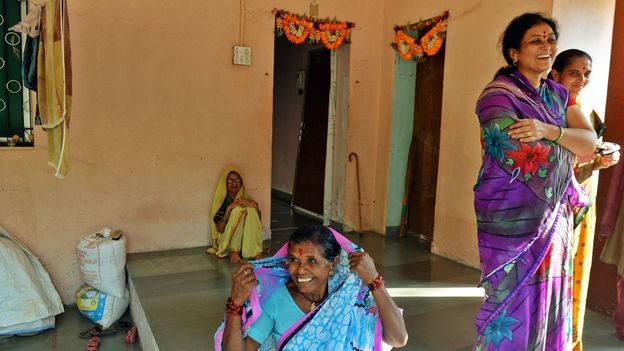 |
| Villagers do not feel unsafe having no doors on their homes (Credit: Swati Jain) |
Legend has it that about 300 years ago, after a bout of rain and flooding, a heavy black slab of rock was found washed up on the shores of the Panasnala River, which once flowed through the village. When locals touched the 1.5m boulder with a stick, blood started oozing out of it.
Later that night, Shani appeared in the dreams of the village head, revealing that the slab was his own idol. The deity ordered that the slab should be kept in the village, where he would reside from here on. But Shani had one condition: the rock and its colossal powers must not be sheltered as he needed to be able to oversee the village without hindrance. Shani then blessed the leader and promised to protect the village from danger, according to BBC.
After the villagers installed the huge slab on a roofless platform in the heart of town, they decided to discard all doors and locks. They didn't need them anymore, not with the Lord to watch over them.
Although Shani Shingnapur has officially remained free from thefts for centuries, a 2010 visitor reported that cash and valuables worth 35,000 rupees were stolen from his vehicle. Another theft of gold ornaments worth 70,000 rupees was reported in 2011. However the charges were dismissed as the villagers insisted that they took place outside the village.
Sceptics argue that the low crime rate in the area is due to the village’s remote location rather than the miraculous powers of the lord.
Whatever the truth, times are changing and some villagers are challenging this age-old custom, seeking permission from the gram-panchayat (local self-government organisation) to install doors and locks to ensure the safety of their family.
But most villagers at Shani Shingnapur hope that the tradition will continue – that Shani continues to protect them from every evil eye for many centuries to come.
India - The country with unique cultures and interesting facts
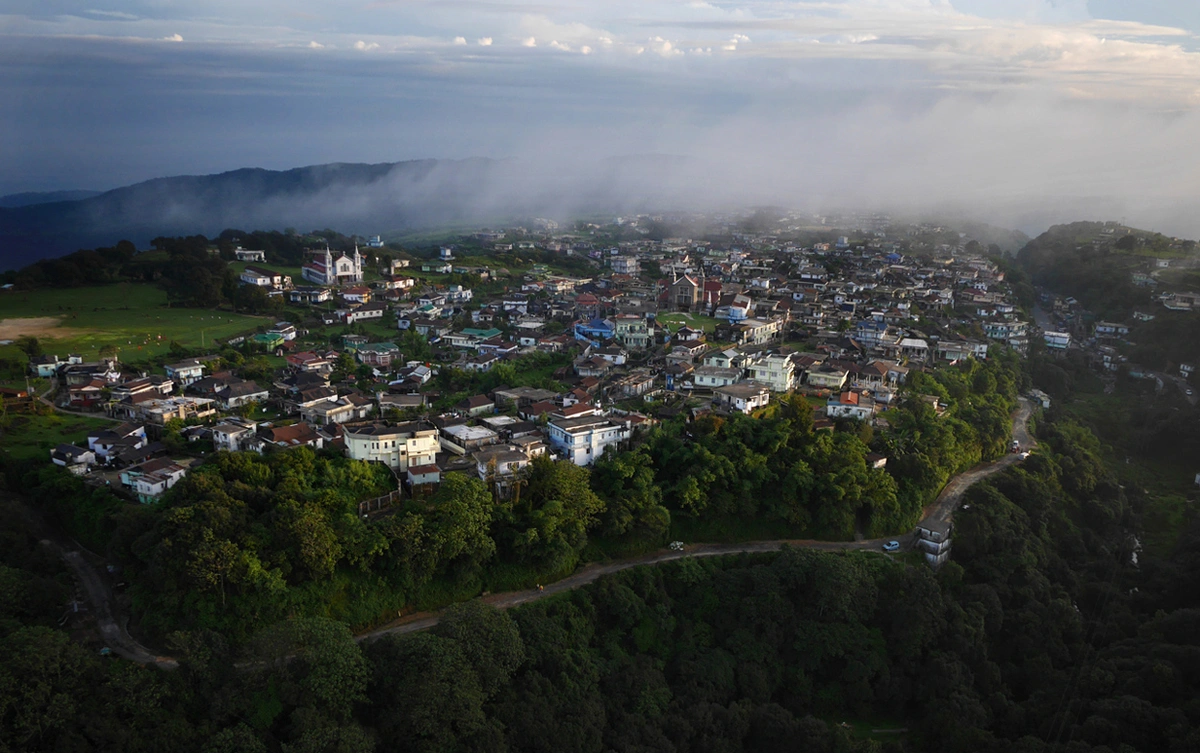 |
| The village of Mawsynram, claiming to have the highest average rainfall on Earth. Perched atop a ridge in the Khasi Hills of India's northeast, the village receives 467 inches of rain per year - thirteen times that of Seattle. The heavy rainfall is due to summer air currents sweeping over the steaming floodplains of Bangladesh, gathering moisture as they move north. When the resulting clouds hit the steep hills of Meghalaya they are "squeezed" through the narrowed gap in the atmosphere and compressed to the stage they can no longer hold their moisture, causing the near constant rain the village is famous for. Photo: Amos Chapple / The Alantic |
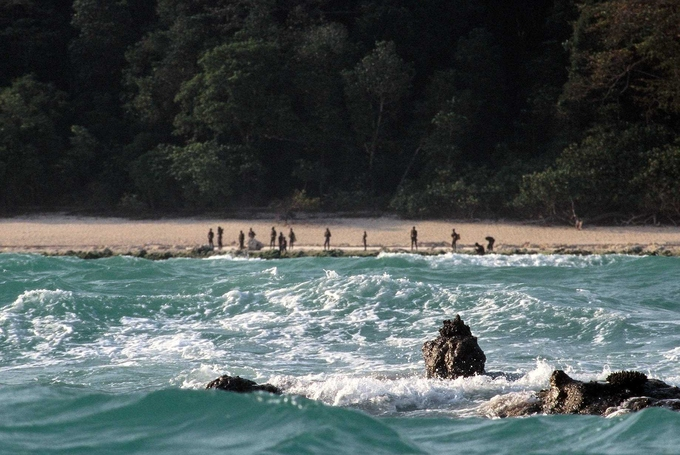 |
| More than 1,200 km from mainland India and just 140 km from Sumatra at the nearest, the North Sentinel Island found at the west of the Andaman Islands is a mere 72 square kilometres, roughly twenty percent bigger than the area of Manhattan. There is not much information available about the island outside of aerial photographs and the accounts of anthropologist TN Pandit. It is known that in 1880, government worker, Maurice Vidal Portman arrived on the island. Based on his account, there were a number of pathways as well as some deserted villages there. However the status of the island is technically in a state of oblivion as there was no treaty with the Sentinelese in which they would give up their sovereignty, thus practically it is an autonomous region of India. Photo: Christian Caron/Creative Commons |
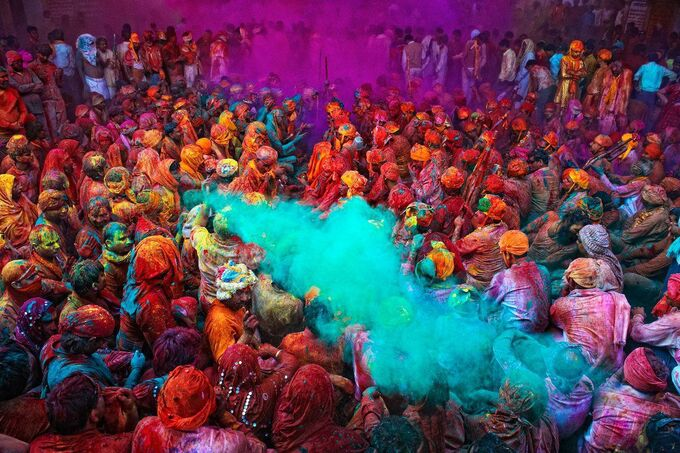 |
| The Holi Festival of Colors in India is a celebration of the victory of good over evil, the destruction of the demoness Holika. It is celebrated every year on the day after the full moon in the Hindu month of Phalguna which is early March. People celebrate the start of spring and other events in the Hindu religion; they march the streets and spray people with colored powders while dancing and singing. Photo: Poras Chaudhary/Smithsonian |
The Festival is based on the Hindu legend Holika, the female demon and the sister of the demon Hiranyakashayap. It is believed that Hiranyakashayap was the ruler of the universe and also superior to all gods. However, Hiranyakashayap'sHiranyakashayap's son Prahlad went against his mother by following Lord Vishnu. This action left his father with no choice but to collaborate with Holika to kill him.
Prahlad escaped his fate with the saving hand of Vishnu while Holka died in the flames. But later on, Vishnu killed Prahlad and his mother and became King. The moral behind the story is that good always wins over evil.
The name festival of colors came from Lord Krishna's childhood antics. Lord Krishna was a reincarnation of the Lord Vishnu, who enjoyed playing pranks on girls from the village by drenching them in water and smearing them with colors.
The Holi has a huge cultural significance in Hindu Culture. It opens a new beginning from past error, serving as the end of the conflict, and also a day when people forget and forgive. In most cases, people pay their debt and also forgive debts embracing new deals in their lives.
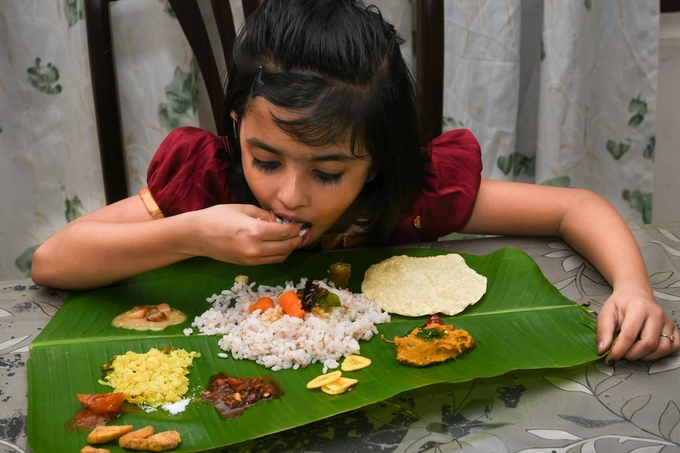 |
| The practice of eating food with the hands dates back centuries. In Indian culture, this practice is founded upon Ayurvedic teachings. The Vedic people believed that hands hold power and that our bodies have a sacred connection with nature. In Ayurvedic text you will find that each finger represents five different elements. The thumb, index finger, middle finger, ring finger and pinky represent space, air, fire, water and earth respectively. That is why Mudras, symbolic and ritualistic gestures used in prayer or spiritual practices like Yoga, are performed with the hands and fingers. Photo: Alamy |
When food is eaten with the hands, the fingers should come together to touch. This practice is believed to increase our awareness of our taste buds and creates both a physical and spiritual connection with the food. Many Indians believe that eating with your hands creates a mindful experience and is a mark of respect to nature and the food.
In the North of India, liquid dishes like dal and grains like rice can be eaten with a spoon. In the South, most people use their hands to eat their dishes, including rice, from a banana leaf.
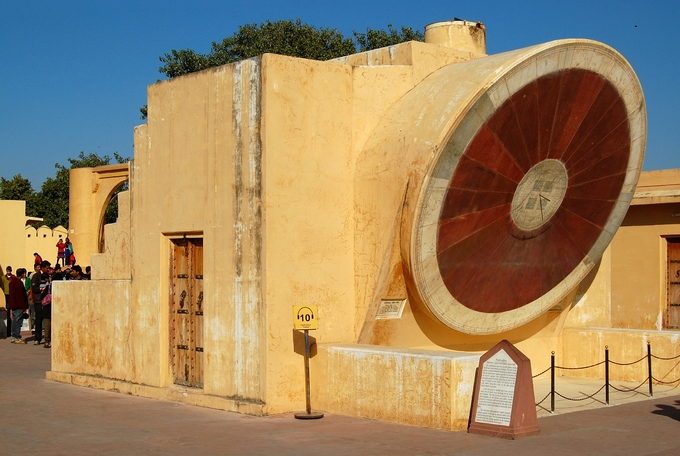 |
| The Samrat Yantra in Jaipur is part of the Jantar Mantar (translation: instruments for calculation), a Big Collection of 14 devices built for measuring time, for astronomy, and for astrology, in the 18th century. Historical accounts say that, in 1719, Mogul emperor Mohammad Shah was leaving on an expedition. But the planets, weren't in the “right” spots in the night sky. This misalignment due to failed predictions spurred Maharajah Sawai Jai Singh II to build a series of observatories. When Singh decided to move and found a new city (what would be Jaipur) in a nearby valley, he also had a new observatory built there. Photo: Marcin Białek/Wikimedia |
This Big Sundial is 27 meters (90 feet) tall, and is so large that its shadow moves at a speed of 1 millimeter per second. If you stand and watch it, you'll see it move 6 centimeters (about 2 1/3 inches) every minute.
Like the other tools of the Jantar Mantar, the Samrat Yantra is a fixed tool. Its face is angled at 27 degrees, which is the latitude of Jaipur. There is a small cupola on top of it, used in Hindu tradition to announce eclipses and for weather prediction, e.g. the arrival of monsoons.
 |
| Derived from the Hindi word champu, which in turn evolved from the Sanskrit word chapyathi, the word essentially means ‘to massage or press’. The practice of using shampoo dates back to 1500 AD when a concoction of boiled reetha (soap berries), amla (gooseberry), hibiscus, shikakai (Acacia) and other hair friendly herbs, was made and used on the scalp to healthify and cleanse the tresses. Photo: Thermo Fisher Scientific |
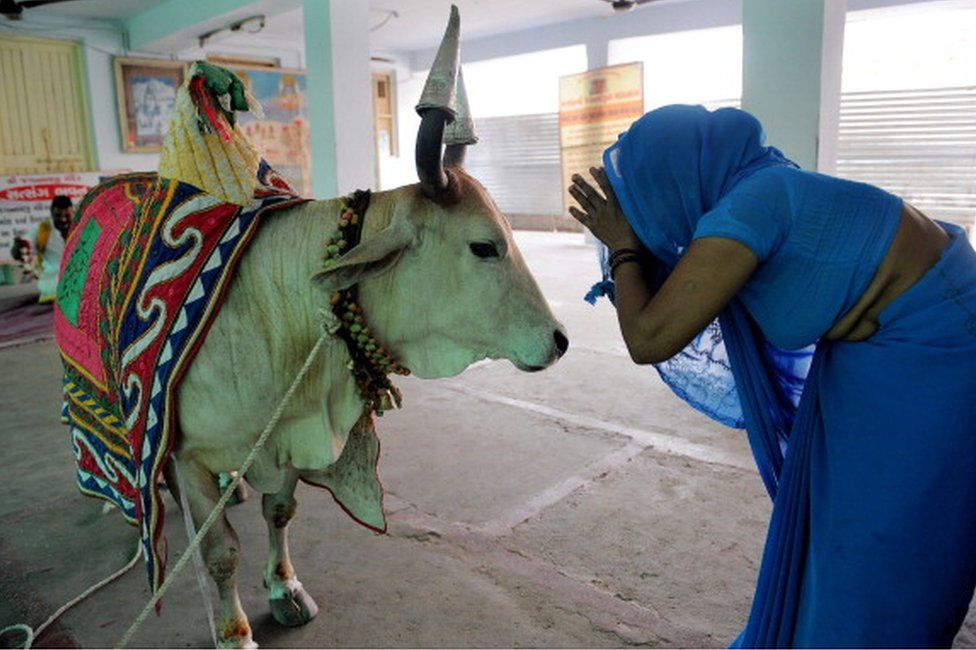 |
| It is also a sacred animal for the majority Hindu community, and they amble unmolested in traffic-choked streets. The animal is worshipped and decorated during festivals; holy men take around cows, with their foreheads smeared in vermillion, to seek alms. There is even a journal called Indian Cow; and a Love 4 Cow Trust to "propagate and promote love" for cows. A right-wing Hindu organisation has actually launched cosmetics using cow urine and dung, BBC reported. Photo: Getty Images |
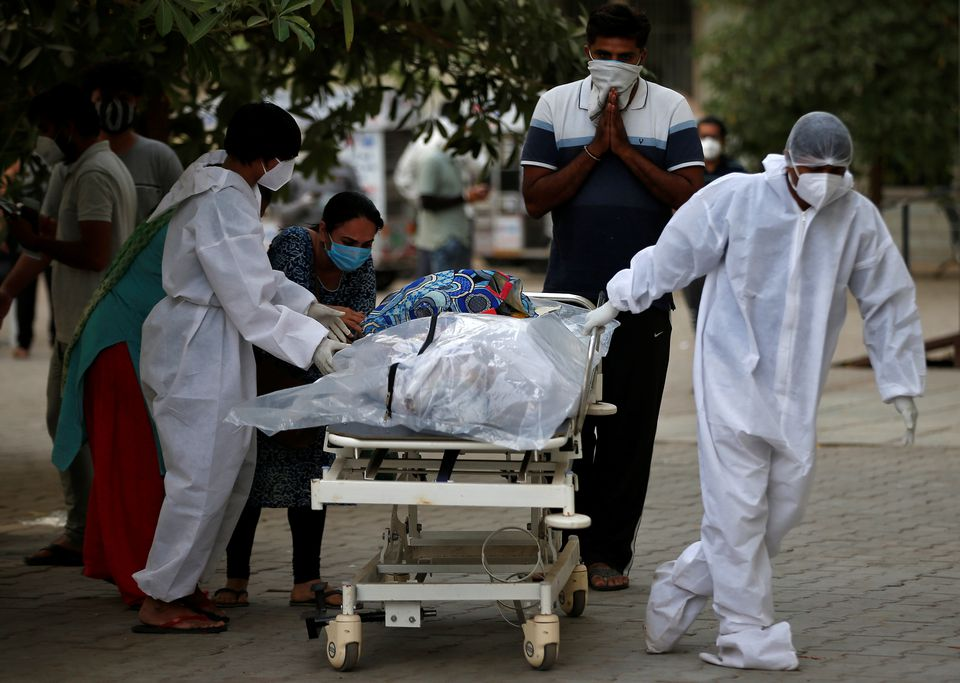 | Vietnam willing to support India to overcome Covid-19 crisis: Spokesperson Vietnam has kept a close watch on the COVID-19 situation in India and is willing to support the Government and people of India in this ... |
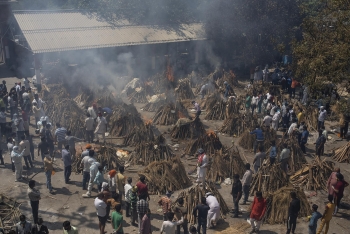 | India’s lastest Covid-19 updates: record numbers for 5th days straight, hospitals scramble for oxygen The second wave which began in March has been hitting India hard, leaving the whole country struggling with world-record daily caseload for days. |
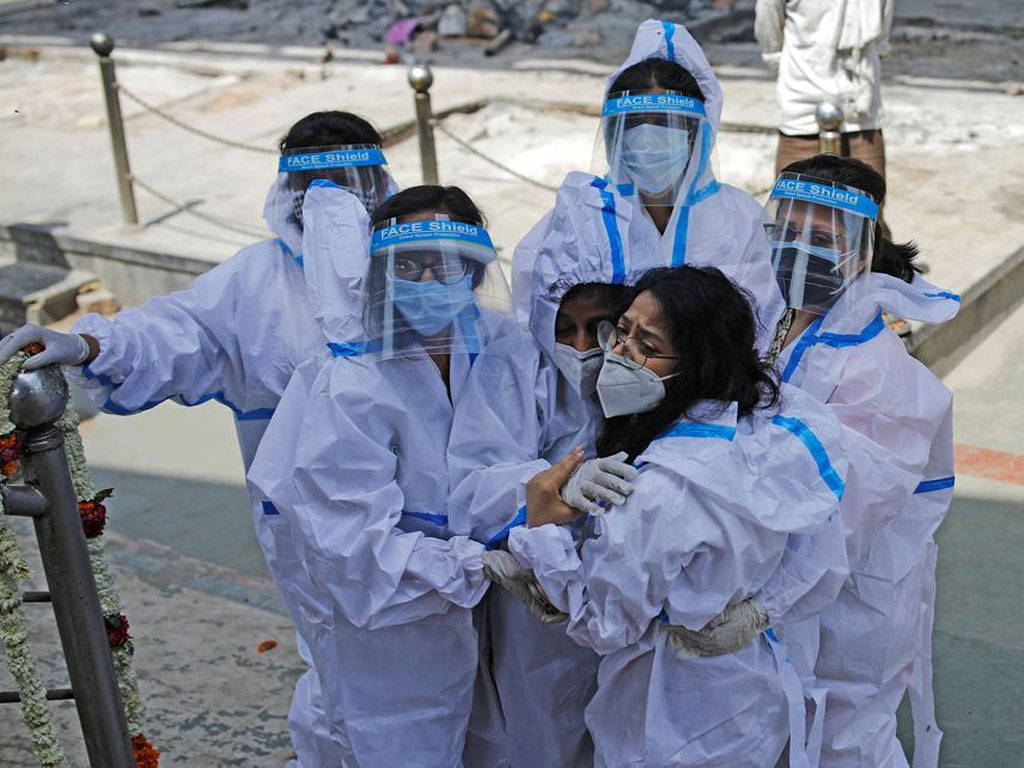 | Vietnamese community in India amidst raging Covid-19: nervous but try to stick As the Covid-19 epidemic is rampant in India, the Vietnamese community in the country has encountered many difficulties and challenges. Vietnamese ex-pats have no choice ... |
Recommended
 Travel
Travel
Vietnam Through Australian Eyes: Land of Flavor, Warmth, and Timeless Charm
 Travel
Travel
Strategies for Sustainable Growth of Vietnam’s Tourism from International Markets
 Travel
Travel
Vietnam Strengthens Its Presence On The Global Tourism Map
 Multimedia
Multimedia
Phong Nha-Ke Bang National Park Named Top Adventure Travel Site
 Travel
Travel
Vietnam Welcomes Record-High Number of International Visitors
 Travel
Travel
Luxury Train From Hanoi To Hai Phong To Be Launched In May
 Travel
Travel
Phong Nha Named Top Budget-Friendly Travel Destination for Spring 2025: Agoda
 Travel
Travel

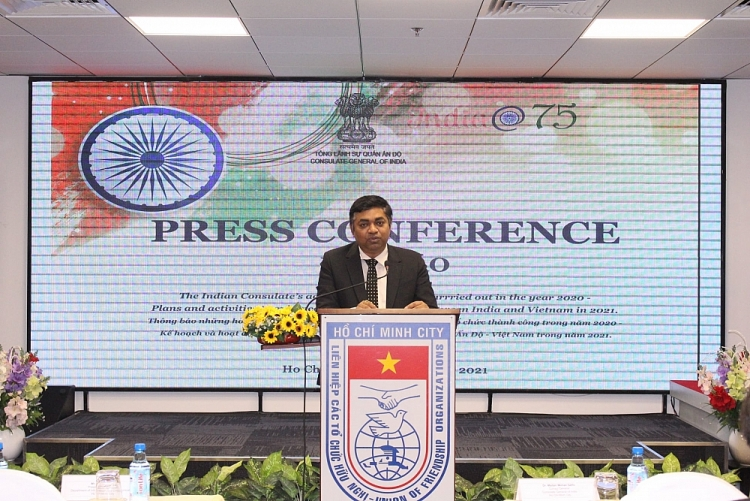
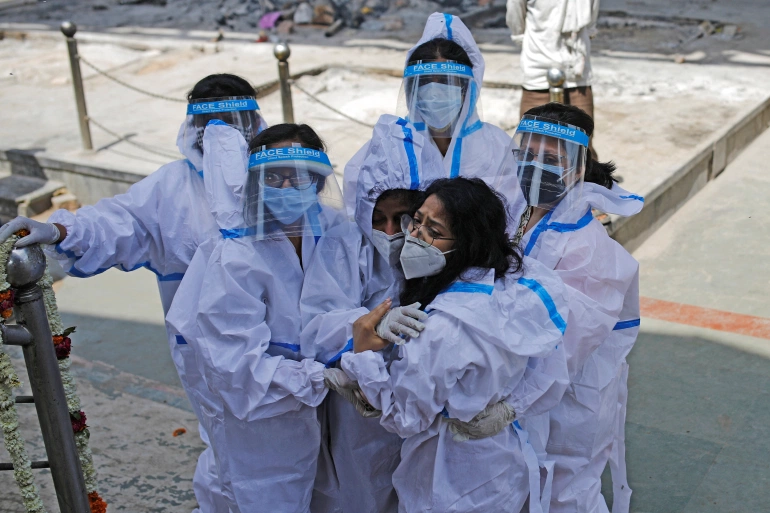
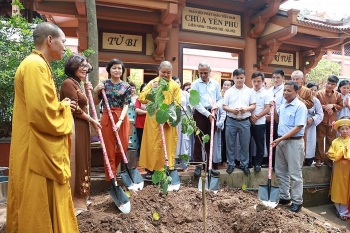

![[Photos] India and Vietnam Unite in Friendship Festival 2024](https://vietnamtimes.org.vn/stores/news_dataimages/2024/122024/19/23/b72443a0d3e09c7d133e23a7d221ca07.jpg?rt=20241219234711)